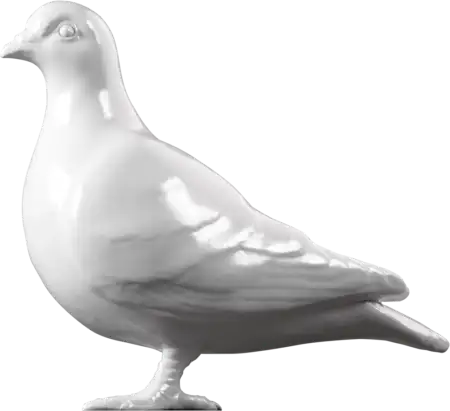Fashion — 1790
Ensemble, dress ensemble
This dress and petticoat are made of very fine Indian muslin, a loosely woven cotton fabric. In line with the general simplification of clothing, the popularity of silks and brocades declined during the 1770s in favour of cotton textiles. The finest muslin was imported from India, but from the late 1780s British manufacturer tried to copy the Indian imports, at first without much success. The cotton traders Peter Drinkwater and John Hilton wrote in 1786:
‘In the dyed goods we already excel them [the Indians] and also in all the lower and middle qualities, even in the common calicoes – in the finest muslins they certainly exceed us. We do not believe that we have at present any principle of spinning by which the finest yarn can be spun so equal and level as they spin it.’*
The dress, petticoat and a fichu or neckerchief (not displayed) are decorated with tambour embroidery. If you look closely, you can see that the embroidery is made with a continuous chain stitch, small loops that are pulled through the fabric with a tambour hook. The ground fabric had to be stretched taught in a frame resembling the top of a drum, or ‘tambour’ in French. Fine muslins were perfect for tambour work because the loose weave was easy to punch through without causing damage. Producing tambour work became a popular pastime for ladies but this dress probably has been embroidered by professionals. The decoration features birds and flowers and the garment has been embroidered ‘to shape’, which means that the embroiderer knew what the fabric was going to be used for.
The dress was donated by the painter Jean Winifred Inglis in 1951 and belonged to her great-grandmother. According to a note in its file, in 1790 the gown was given by Lady Lauderdale to Miss Sinclair Winter, who married Captain John Inglis in 1798. Unfortunately no further details were recorded, but we can assume that the Lady Lauderdale in question was Eleanor Maitland, née Todd (1761/2-1856), wife of James Maitland, eighth earl of Lauderdale (1759-1839). When Jean Inglis died, she left a large collection of letters and documents including ‘A Short Genaology of the Family of Maitland’ from 1785. James Maitland was born in Scotland and later became a Scottish representative peer.
Research in contemporary records has shown that Miss Sinclair did indeed marry John Inglis on 7 December 1798 at St Luke church in Chelsea. Mrs Sinclair Inglis died on 19 May 1849, aged 78 in the parish of Limehouse in East London. This means that she was born around 1771 and was only 19 when the dress was given to her. We hope that further research will shed more light on the original owner of the dress and her relation with Lady Lauderdale.
*British Museum, MS. 38,390/104, 1786, quoted in Michael M. Edwards, The growth of the British cotton trade, 1780-1815, MUP, 1967, part 2, p. 43
- Category:
- Fashion
- Object ID:
- 51.20/1
- Object name:
- ensemble, dress ensemble
- Object type:
- Artist/Maker:
- —
- Related people:
- Related events:
- Related places:
- Production date:
- 1790
- Material:
cotton, muslin, linen
- Measurements/duration:
- L 1380 mm (dress back), L 56 mm (sleeve), 350 mm (shoulders), C 740 mm (bust), C 600 mm (waist), C 1180 mm (hips), H 37 mm, H 37 mm, C 170 mm (cuff)
- Part of:
- —
- On display:
- —
- Record quality:
- 100%
- Part of this object:
- —
- Owner Status & Credit:
Permanent collection
- Copyright holder:
digital image © London Museum
- Image credit:
- —
- Creative commons usage:
- —
- License this image:
To license this image for commercial use, please contact the London Museum Picture Library.
